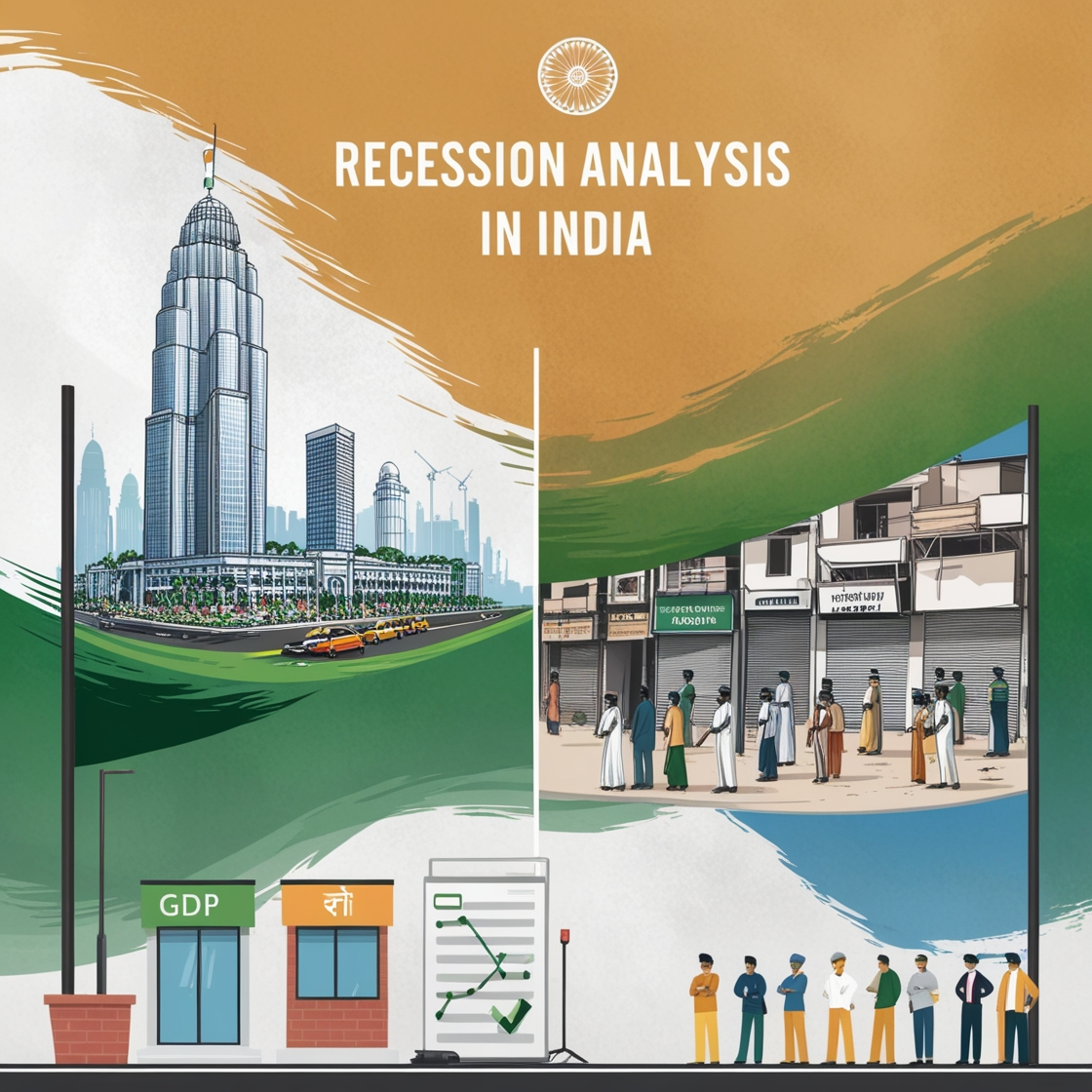let us understand of what blockchain is a distributed ledger system. They said that they place records into blocks and that these blocks connect to each other. Each block links to the previous one and the next one. This design provides practically the needed security, accountability, and reliability without a central control element.
Introduction :
People initially saw blockchain as the foundation for Bitcoin, but it has grown far beyond its original purpose.This decentralized, and entirely unalterable system of record keeping can potentially drastically change a variety of industries through the increasing of it’s security, transparency, and efficiency. It has emerged as the solution to many challenges ranging from financial to health, supply chain to voting systems.

What is Blockchain?
In essence, the individual members of the network share a replicated database that holds a record of the transaction. Each transaction forms a “block” that connects to the previous blocks, creating a chain; hence the term blockchain. What makes blockchain stand out from the others is the fact that it is a decentralized system. However, all the members in the network have a copy of the ledger so there is no one who can manipulate the records.
Key Features of Blockchain :
- Decentralization: Here, the fact that it is dispersed alleviates the problem faced with the concentration of the lots of the participants’ data on the single managing organism.
2. Immutability: This means that once the transaction is posted in the blockchain ledger, no one can alter it, making the transactions permanently immutable.

3. Transparency: All the transactions in this model are seen by all the stakeholders who are thus in a position to ensure that all other players in the same transaction also stick to the right procedure.
4. Security: With the use of high level cryptographic methods, data and transactions are secure; hence, making blockchain secure.
5. Consensus Mechanisms: To achieve the consensus on the state of the ledger, special algorithms such as Proof of Work (PoW), and the Proof of Stake (PoS) are employed.
Applications of Blockchain :
- Financial Services: Blockchain’s most famous use case is probably crypto-currencies, yet, it changes the financial world as a whole. It facilitates faster cheaper and more secure transacting eliminating the middle men or middle women.
2. Supply Chain Management: Blockchain improves supply chain severally because it allows supply chain members track goods from the point of procurement to the point of delivery. This helps to avoid cases of fraud, and also in cases of returns; there will be a way of telling their authenticity and also in cases of stock management.
3. Healthcare: Blockchain, is an innovate solution to patient data management as it ensures secure data sharing. It maintains the accuracy of data, minimizes the cost of paper-based handling in healthcare facilities and advancement of the overall health of patients by availing timeous information to the health professionals.
4. Voting Systems: Blockchain can improve the efficacy of the voting systems by becoming a medium of recording the votes in a non-corruptible manner. This helps in minimizing the chances of cheating through election rigging and at the same time, makes the people to have confidence in the electoral process.
5. Real Estate: Blockchain helps in property sale due to the process that is fast and there is no tampering with the records since they are stored in the block chain. This minimizes the fraud cases and also fasten the transaction process.
6. Intellectual Property: Blockchain also preserves and safeguard the rights of individuals in the intellectual property by being able to record and validate ownership rights of ideas on the block chain.
Benefits of Blockchain :
- Enhanced Security: Blockchain decentralizes extensively and employs cryptographic algorithms to secure data. It is rather challenging for the hackers to break_through or for the fraudsters to impersonate.
2. Increased Transparency: Because of log rolling, blockchain’s participants will have a high probability of being trustworthy and assuming the consequences of their actions.
3. Reduced Costs: Challenges which would allow one to reduce the costs of the operation and at the same time, enhance its efficiency given the fact that one eliminates the middlemen and their roles.
4. Improved Traceability: Blockchain also enhances the issues of auditability because it registers and also authenticates in real time the transactions that are done.
5. Faster Transactions: Blockchain ensure that the transactions to be done at a much faster process and without the intervention of third party companies to process it.

Challenges of Blockchain:
- Scalability: Such is the nature of the blockchain, as it becomes more crowded through use, its ledger becomes inflated and bulky. Measures such as sharding and off-chain transactions to mitigate this problem are in the pipeline.
2. Energy Consumption: There is a correlation between the consensus mechanisms of some blockchains and their energy consumption; for instance, Proof of Work needs a lot of computation resources.Developers are creating better forms of consensus, such as the energy-efficient Proof of Stake.
3. Regulatory Uncertainty: Legal concerns remain one of the critical areas for blockchain since they largely remain unsolved and may slow down its application.
4. Integration with Legacy Systems : Integration with Legacy Systems Blockchain implementation with other systems may be more difficult than expected. It frequently causes more changes in the structures, leading to incompatibilities. This disruption can cause barriers in facilitating direct adoption and implementation
5. Privacy Concerns: Thus, while getting decentralization and making all processes transparent, blockchain can also be negatively affecting people’s privacy.
Conclusion :
They have the ability of improving security, openness, and effectiveness that is pushing change and revolutionizing several sectors. Blockchain technology continues to evolve, with increasing adaptation and new innovations driving its progress. As our understanding of blockchain’s potential grows, its impact on the world expands, accelerating digitalization.




Leave a Reply
You must be logged in to post a comment.